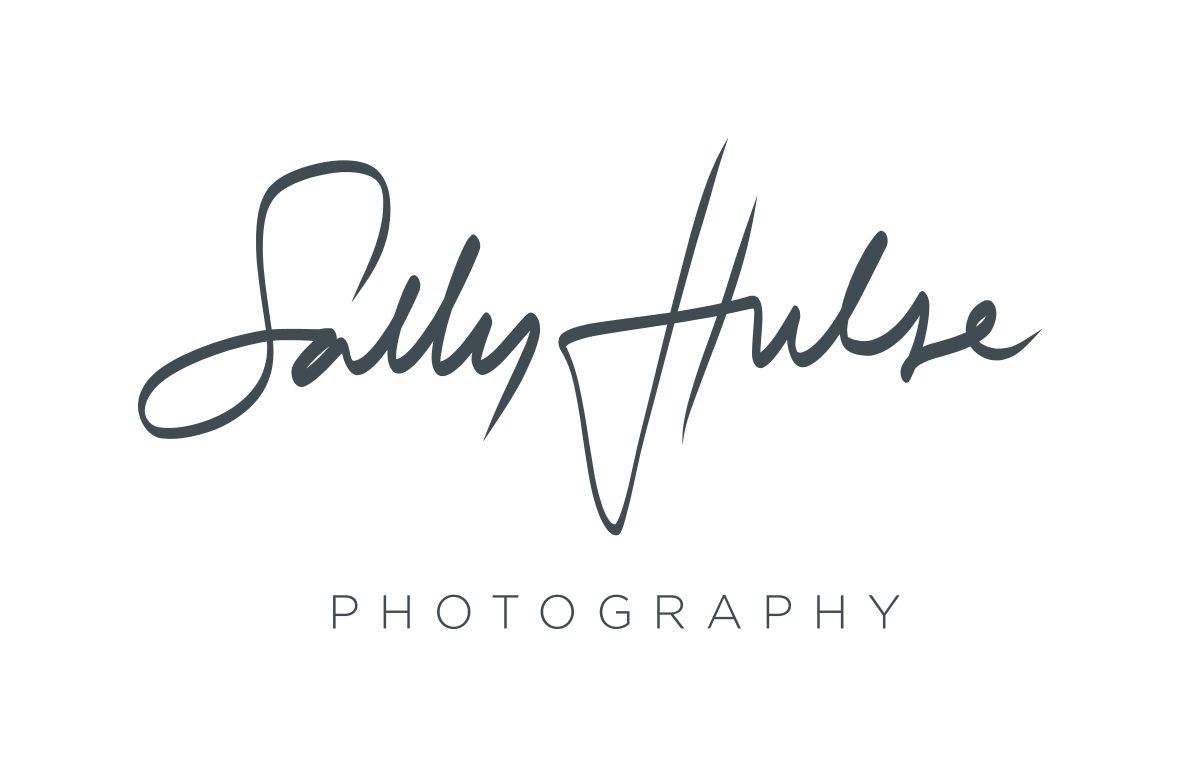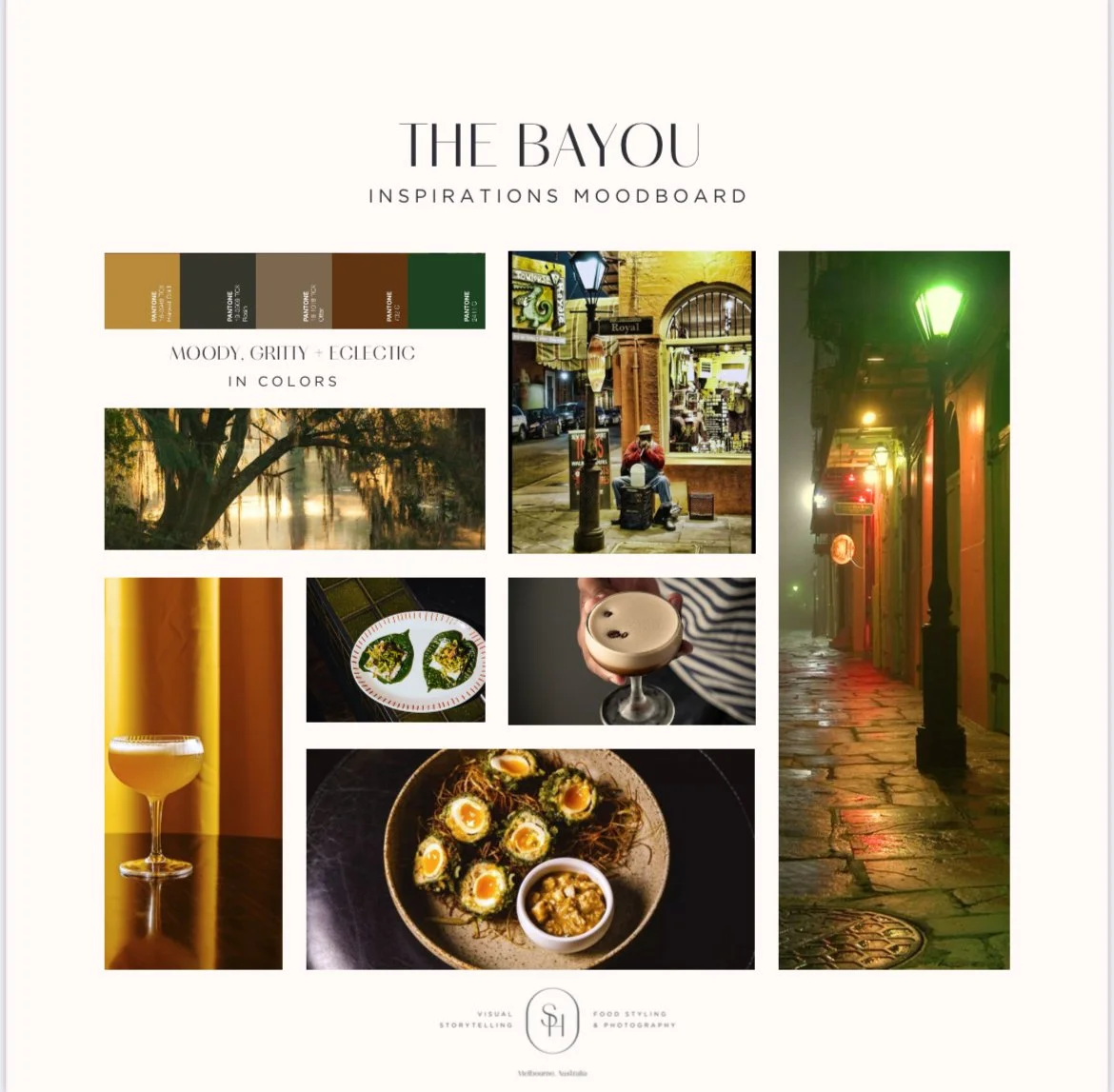How To Communicate Effectively With Clients: A Step-by-Step Guide
STRAP YOURSELF IN - SHE’S A LONG ONE!
Strong communication skills can be the difference between a one-off project and a long-term client. This step-by-step guide breaks down how to set clear expectations, refine your communication style, navigate feedback like a pro, and build lasting client relationships. Whether you're struggling with miscommunication or just want to streamline your process, these strategies will help you turn client interactions into a seamless, stress-free part of your business.
The Art of Client Communication
You can be the Annie Leibovitz of food photography, but if you can't communicate effectively with your clients, it won’t matter how stunning your images are. Client communication isn’t just a "nice-to-have" skill—it’s the foundation of your business. Without it, you’ll struggle to book repeat clients, navigate projects smoothly, or grow your reputation. Many photographers find client communication and workflow to be their biggest headaches and roadblocks, but mastering this can transform your business from surviving to thriving. Let’s dive into how sharpening these skills can make your business run as smoothly as your shoots—and maybe even make client comms the easiest part of your job.
Setting Expectations from Day One
Make It Personal: While so much is done via digital communication these days, and the world tends to love to operate without actually speaking to another human, I find nothing more valuable, more important, or more essential than making sure you are actually speaking with your clients. Whether it’s a phone call, Zoom meeting, or in-person chat, establishing that human connection is essential. You can set the tone for the entire process on an initial phone call—whether that's in the inquiry stage (can’t stress the importance of THAT enough) or after they have accepted the quote.
Your Process: Talking through what they are expecting from the shoot, their marketing goals, and how they want the images to work for them is key. If they don’t know, you need to ask questions to get them to think about it a little more. This way, they are communicating their needs, and you are getting what you need from them. Cover their needs first. Once you are sure of the direction they’re wanting to go in and the goals they have for the imagery, explain—very succinctly—your process in a nutshell. Then detail what they can expect from you for the next few steps.
Nailing the Details: After the call, follow up with an email summarising everything in bullet points to keep it clear and concise. Don’t bamboozle them with everything at once—just give them the next 2-4 steps that will take place so they know what to expect. It’s also important to outline deliverables and expectations in your quote, invoice, or contract as much as possible, with the information you have available to you at the time.
Lessons Learned: Early in my career, I had a licensing miscommunication with a client who handed my image over to a national publication without my knowledge. I hadn’t explained usage rights clearly, and I didn’t even have a contract in place (I know… rookie mistake!). While I handled the situation gracefully, we never worked together again. That experience taught me the importance of upfront communication, and I’ve never had an issue since.
Crafting Your Communication Style
Your Approach: My clients often describe my communication style as friendly, easy, approachable, and comprehensive. I take what can be an overwhelming process and make it comfortable and supportive. I believe this is due to my communication style. So my advice is to avoid industry jargon where you can, chat with clients like acquaintances, and always project an approachable demeanour.
Building Confidence: I emphasise that there’s no such thing as “too many questions” or “silly questions.” Clients hire you for your expertise—they’re not expected to know how everything works, and it’s your job to guide them through the process. All their questions are valid. Your job is to provide a service, and that service is more than just the deliverables. It’s a whole package.
Tools of the Trade: I’m meticulous about mood boards. Whether the client already has their own (and some of them will, particularly if you’re dealing with marketing agencies) or whether you take it on board as your responsibility (and you should), I cannot overstate the importance of mood boards. As a visual representation of the direction the shoot will go in terms of colours, mood, lighting, etc., they are a crucial part of pre-production.
In most cases, my mood board is one page consisting of 7 images, a colour palette, and three descriptive words. I carefully curate these boards and deliver them to my clients with instructions not to take the images too literally but to rather concentrate on the feel/colours of the board. If they love it—great! If they hate it—great! Yes, that’s right—GREAT! This is the entire purpose of the mood board: to clarify expectations.
Clients can tell you they want one direction and then hate it when they see a visual representation of that direction. I liken it to trying on wedding dresses: what you think you’ll love might not suit, and what you dismiss might be “The One.” Taking the time to nail down the mood board pays dividends—I haven’t had a single re-shoot because we get it right at this stage.
Shot Lists: Always get a shot list from the client before the shoot. It doesn’t have to be a ‘set in stone’ list, but rather one that will help give you and the client an idea of how many images you’re working with, what their priorities are in case you run short on time, and what you will need in terms of props, styling, composition, backdrops, etc. The list can change and be used as a guide only—that’s fine—it’s just better to have something there. When it comes to restaurant/hospitality photography, the menu will serve as your shot list, so ask for a copy beforehand if possible. If that’s NOT possible—don’t panic. Instead, try asking for rough numbers of dishes and what category they will fall into (i.e., entrees, desserts, mains, cocktails, interior shots, staff portraits, etc.).
Navigating Feedback & Challenges
Feedback is Your Friend: I actively seek feedback during shoots. Even if your client can’t be present, and especially if you haven’t worked together before, send them shots as you go. When they’re on set, ask for their opinions directly. I always emphasise that it’s okay if they don’t like something—I don’t take it personally. Feedback helps you adjust and get the perfect shot. I’d rather know at that point in time, so we can change it up and fix it.
Critical Doesn’t Mean Negative: Some of my clients are amazing in the sense that they will give me feedback instantly. A “Nope—not a fan of that angle” or “Yes! Perfect!” Critical feedback isn’t negative—it’s essential. It helps refine the shoot, ensures the client’s vision is realised, and moves the shoot along at a good pace. I absolutely LOVE my clients when they tell me they don’t like something—because we try different things, fix it, get the shot, and then move on. It’s THEIR story—you’re just the one helping them tell it. Therefore, their word is the final one.
Dealing with Difficult Clients: Patience is a virtue. There will always be opportunities for miscommunication. And whilst there will probably be the odd job or two where the client is perhaps technically at fault—I have a controversial opinion about this:
IT IS NOT THE CLIENT’S FAULT IF THEY DIDN’T COMMUNICATE THEIR EXPECTATIONS CLEARLY ENOUGH.
As the photographer—that is YOUR responsibility.
IT’S UP TO YOU TO:
Ask the right questions.
Clarify the client’s vision.
Nail the mood board.
Align your shooting and editing with the agreed-upon direction.
Seek feedback and adjust as needed.
If miscommunication occurs, it’s often because you didn’t dig deep enough. Of course, exceptions exist, but they should be rare.
Setting Boundaries While Staying Professional
Office Hours & Availability: We live in a world where people expect 24/7 access, but it’s vital to manage those expectations. Communicate your boundaries early and clearly. Don’t assume clients know you won’t respond at 11 PM—spell it out for them upfront.
In all my contracts, it states my office hours of Monday–Friday from 9–5. I do not reply to emails or text messages on weekends or after hours unless it’s genuinely urgent. If I get a client communication in the form of an email/SMS, and if I am on set or busy, I will let them know when to expect a reply. If I am going to be uncontactable for more than 2 days and I am aware of this, I will set an ‘out of office’ auto-reply to my emails, detailing my date of return and when to expect a reply. Again—it all comes down to clear and open communication. You don’t want to leave a client wondering when they can expect to hear from you. Be clear. Set these boundaries EARLY in the process and CLEARLY. This is extremely important.
Handling Extra Requests: It depends on the client and the request. If a client wants 1–2 extra shots and it doesn’t require significant changes, include them. If they want heavy Photoshop work beyond your agreement, charge an additional fee. For long-standing clients, be flexible, but communicate any additional costs or time required.
If a client is unreasonable, draw the line—politely but firmly. You’re not their employee (something that should also be stated in your contract!). Set clear boundaries and explain why certain requests incur extra charges. If they get aggravated about it, ask yourself if you have effectively communicated WHY you have had to push back. A simple ‘sorry, I can’t do that’ rarely suffices. Are you communicating the additional VALUE of what they are asking you to do? Most people are reasonable if you explain it in a way they can understand.
Building Long-Term Client Relationships
Find Common Ground: Connecting with clients beyond the project builds rapport. It could be a shared dislike of hot weather (insert me here) or a mutual love for a particular cuisine. Insert these connections into conversations to establish a foundation. They don’t have to be deep and meaningful connections—superficial ones can go a long way, as long as you’re being genuine.
The Power of Listening: Active listening is key. Whether clients are voicing concerns or giving subtle cues, paying attention builds trust. On set, read their body language. If a client seems unsure about a shot, probe for more feedback.
Your Success Story: Over 85% of my clients are repeat clients. That speaks volumes. That is my success story. In my client testimonials, a lot of them praise my communication and how I made them feel during the process—listened to, understood, at ease, and supported. This should always be your aim.
Communication is the Key to Longevity
Strong communication is the heart of a successful photography business. Without it, even the most talented photographers will struggle to maintain consistent work, build trust with clients, and grow their reputation.
Client communication isn’t just a soft skill—it’s a business strategy. It turns one-off projects into long-term collaborations, transforms clients into loyal advocates, and helps you stand out in a crowded market. Mastering this will keep your calendar full and your business thriving.







